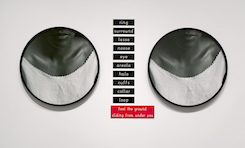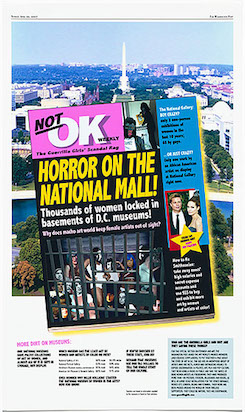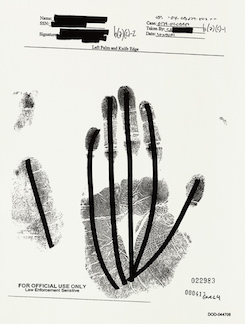Why and how do people protest?
How might works of art show support or advocate for a cause?
How are people, communities, and events affected by works of art?
Artists in the United States are protected under the First Amendment, which guarantees freedoms of speech and press. This module features works created by artists with a range of perspectives and motivations. Some artists hoped to create widespread, systemic change, while others desired to make visible the vulnerable. Still others used their chosen medium to call attention to an issue, event, or system. Broadly, these artists hoped to improve conditions for themselves, others, or the world.
Paul Revere was one of these artists. His engraving depicting the Boston Massacre, published in 1770 in the Boston Gazette, is one of the most effective examples of war propaganda in US history. The image of British soldiers firing upon a crowd of Bostonians inflamed anti-British sentiments and bolstered residents who were increasingly frustrated by levies imposed by the Crown. Without the distribution of Revere’s engraving, the Boston Massacre may have remained an isolated incident instead of becoming a key event that helped trigger the Revolutionary War.
What made the Boston Massacre engraving so powerful?
To answer this question, consider these other questions:
- Who was Paul Revere? Why did he make this engraving and write the accompanying text?
- How might the image both represent or deviate from actual events?
- What artistic choices might Revere have made in order to promote his point of view?
- Who do you think Revere hoped to persuade and influence with his engraving?
- How do you imagine 18th-century viewers encountered and perceived the engraving?
- How might this work of art still influence or inform people today?





















